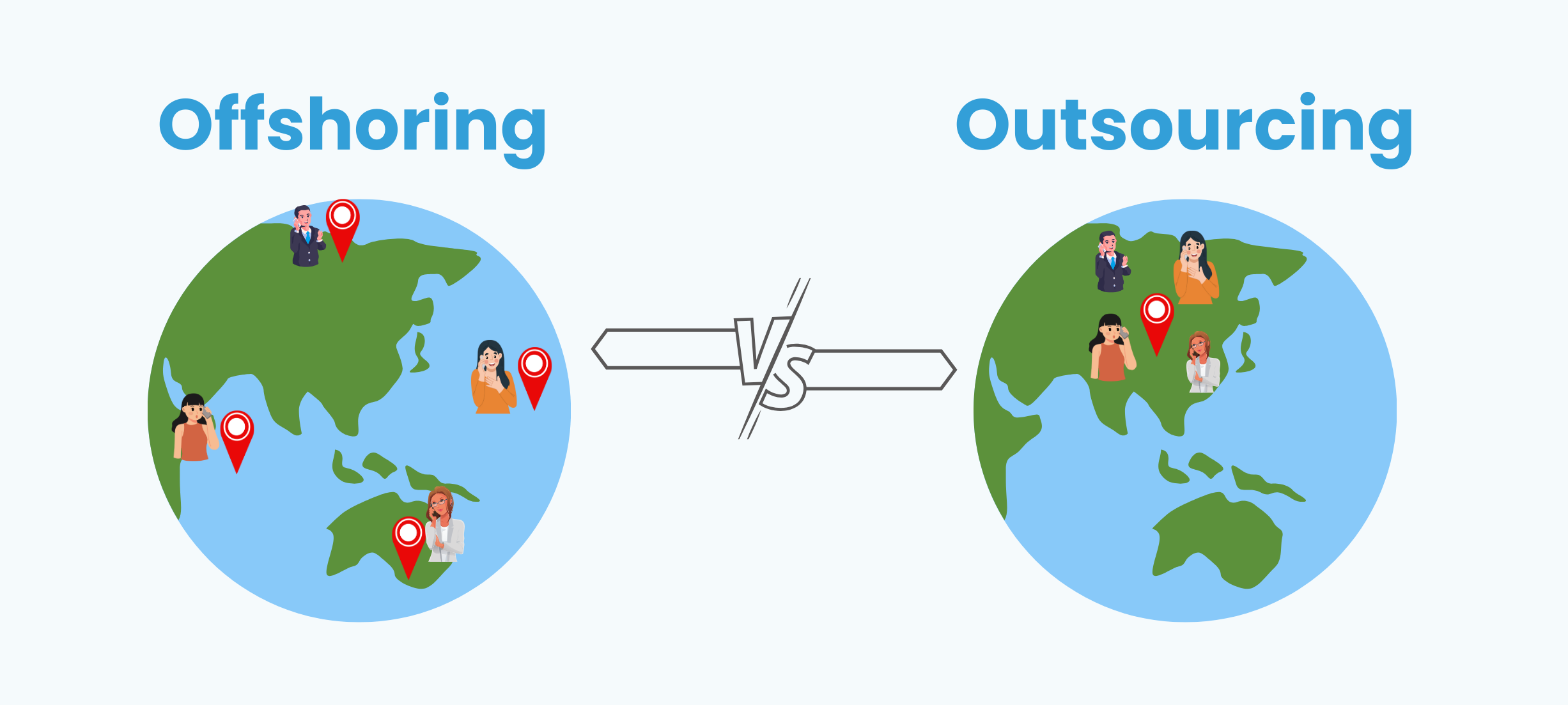Form 1065 is a tax return form used in the United States by partnerships to record their income, deductions, gains, losses, and other pertinent tax information. Partnerships are “pass-through” companies, which means that the partnership does not pay income tax on its own. Instead, the partnership’s revenue and losses are passed through to the individual partners, who record them on their tax forms.
Who should file Form 1065?
Partnerships with at least two partners, including limited partners or members of a limited liability corporation (LLC), must submit Form 1065. The form is also utilized by multi-member LLCs, even if the LLC is not taxed as a partnership.
What all information is needed to file the form?
- Basic information: The partnership’s legal name, address, and Employer Identification Number (EIN).
- Tax Year: The tax year is the time period covered by the tax return.
- Partner Information: Details about each partner, such as their name, address, ownership percentage, and the amount of revenue or loss allotted to them.
- Income: Information on the partnership’s income from numerous sources, including sales, services, interest, dividends, and other revenue.
- Deductions: Deductible costs, including operational expenses, salary, rent, utilities, and depreciation, must be documented.
- Tax computation: Tax calculation is the process of calculating the partnership’s taxable revenue and tax liabilities.
- Other information: Additional disclosures, elections, or needed attachments: Any additional disclosures, elections, or mandatory attachments as defined by the IRS.
To know more check out this video – How to Fill Out Form 1065
How to submit the form?
Form 1065 can be submitted either electronically or by mail. Electronic filing is normally recommended, and it may be required for some partnerships with significant assets or a high frequency of transactions. The IRS offers e-filing through authorized software companies.
Tax Payments for Partnership Entities
Partnerships are generally not subject to federal income tax. Instead, the income, deductions, and credits flow through to the partners, who report them on their individual tax returns. However, partnerships may be liable for other taxes, such as employment taxes (e.g., Social Security and Medicare taxes) and certain excise taxes. Create a Schedule K-1 for each shareholder, detailing their portion of the corporation’s income, deductions, and credits. This information will be required by each shareholder to declare their tax liability.
What is the deadline for filing the form?
The deadline for filing Form 1065 is typically on the 15th day of the third month following the end of the partnership’s tax year. For example, if the partnership’s tax year ends on
December 31st, the filing deadline would be March 15th. However, extensions may be available if requested promptly.








